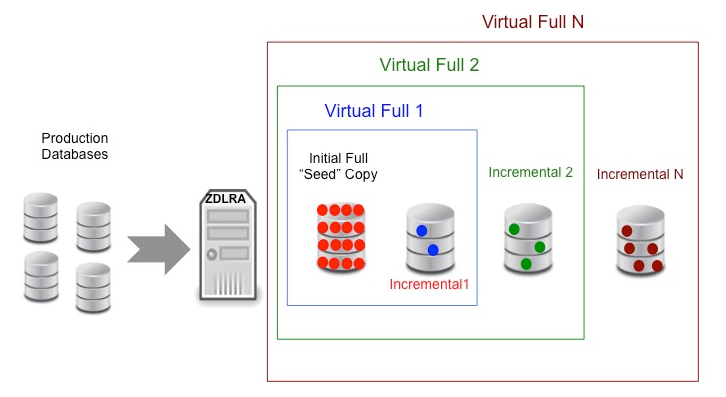 NEWS
NEWS
 NEWS
NEWS
 NEWS
NEWS
Too many IT organizations take a one-size-fits-all approach to data backup, which Wikibon’s data experts argue is not a good mindset in a 24x7x365 business environment. At the same time, no database backup and recovery scheme or technology set is perfect. Every strategy has tradeoffs, and a strategy that is optimal for one database and business situation may not be right for another.
Furthermore, too many companies, and their auditors, focus almost entirely on backup rather than recovery. Companies that do not regularly test database recovery leave themselves open for nasty surprises when backed-up data turns out to be corrupts or unrecoverable.
In his comprehensive, historical discussion of the evolution of backup-and-recovery strategies, “Oracle Backup and Recovery Strategies: Moving to Data-Protection-as-a-Service” Wikibon Co-Founder and Chief Analyst David Vellante takes a close look at the various technologies such as snapshots and data de-duplication that have been applied in general. Based on conversations with Wikibon Community members, Vellante examines the advantages and drawbacks of each in general and specifically as they apply to large Oracle databases.
He starts with user-managed backup, then looks at Oracle RMAN, which, he says, has evolved into a superior backup approach. It eliminates much of the complexity of maintaining backups of large Oracle databases and can be integrated into most leading third-party backup/recovery solutions.
He looks at the plusses and minuses of snapshot technology and data de-duplication as parts of a backup strategy. Vellante also goes into detail on Data Domain Corp.’s approach to purpose-built backup appliances (PBBAs) versus NetApp Inc. and Dell Inc.’s Ocarina Networks subsidiary and discusses the advantages and issues of integrating third-party PBBAs with RMAN.
Finally, Vellante writes in detail about the Oracle Zero Data Loss Recovery Appliance (ZDLRA) which is based on Exadata. Oracle, he writes, designed this appliance for optimal data recovery first. Oracle claims that ZDLRA guarantees zero data loss and optimal recovery. Vellante takes small exception to this. No system, he writes, will ever provide zero data loss in all circumstances. For instance if a disaster destroys the main database before the latest data is backed up offsite, that data will still be lost. Also, because ZDLRA is still new on the market – it was announced a year ago at Oracle OpenWorld 2014 – Wikibon has not yet had opportunities to interview practitioners with experience using it.
With those exceptions noted, Vellante nevertheless agrees that ZDLRA offers the closest thing possible to zero data loss in all situations and that it appears to be the most tightly integrated backup and recovery solution for large Oracle databases on the market. Its main disadvantage is that it is only for Oracle databases. While Oracle has provided some hooks to let ZDLRA work with VMware Inc. environments, it is not adequate for all data in typically heterogeneous IT settings.
Major IT databases are now beginning to migrate to the cloud, and database admins are starting to look for data-protection-as-a-service (DPaaS), both to protect cloud-based data and to provide off-site backup/recovery for their large on-premise databases. Oracle is very conscious of this evolution and is developing its own DPaaS in its cloud for its customers. Wikibon believes Oracle intends to apply its Exadata playbook to creating a service supporting very fast restore times and recovery point objectives (RPO) as close to zero as is possible. By putting recovery first in design and implementation, Oracle and its XDLRA appears to be re-defining best practice in data protection and “warrants earnest evaluation by Oracle DBAs and admins.”
THANK YOU